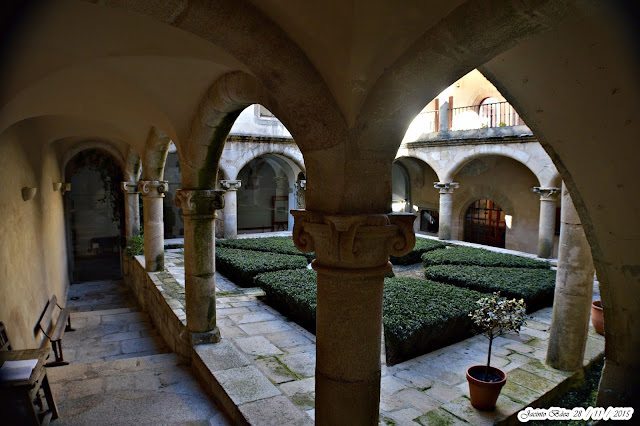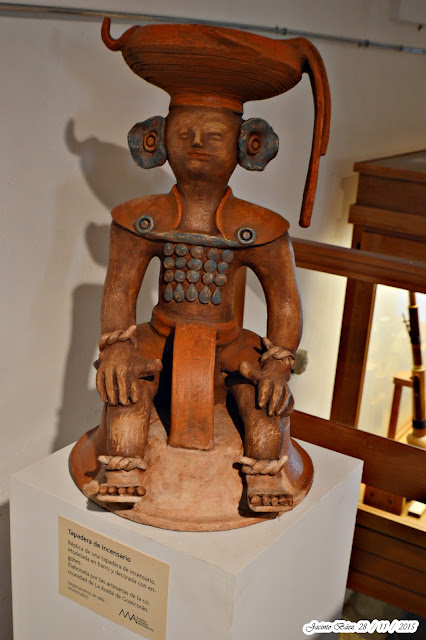Una recopilación de mis recorridos por Extremadura, sierra de Aracena, Picos de Aroche y raya de Portugal.
Archivo del blog
lunes, 30 de noviembre de 2015
ALMENDRALEJO, TEATRO CAROLINA CORONADO / CITY THEATER Almendralejo Carolina Coronado / Stadttheater Almendralejo Carolina Coronado / Théâtre de la Ville Almendralejo Carolina Coronado
ALMENDRALEJO, PALACIO DE MONSALUD, AYUNTAMIENTO DE ALMENDRALEJO / MONSALUD PALACE , HALL Almendralejo /
 |
El Palacio de Monsalud, situado en la localidad de Almendralejo (Provincia de Badajoz, España), fue construido en 1752 y en él nació el poeta del Romanticismo José de Espronceda. El edificio ocupa un gran solar formando esquina, tiene tres plantas en las cuales se abren varios vanos adintelados. La puerta principal con jambas y dintel de mármol y sobre ella un balcón decorado con motivos barrocos con volutas, hojas de acanto, un angelote, dos aguiluchos, dos leones rampantes y una cruz emergiendo en la parte superior.
El edificio remata en un friso continuo que recorre la parte superior con metopas y triglifos y una gran cornisa volada con marcados modillones; en las esquinas está reforzado con sillares de granito que ennoblecen la fachada, destacar también la rejería de todo el edificio, pero sin lugar a duda lo más característico de este palacio son sus escudos esquinados. El escudo situado en la zona inferior está rodeado de una profusa decoración barroca en relieve como roleos, motivos vegetales, bustos alados y un yelmo. En la zona intermedia aparecen varios puttis en distinta actitudes, los de los extremos tocan laúdes. El escudo superior es achaflanado y es portado por dos grifos rampantes y sobre él un yelmo y una figura humana con dos cabezas situadas entre los modillones de la cornisa.
El interior se estructura en torno a un patio central, en la planta baja los arcos de medio punto montan columnas en granito rosado y decorado con un zócalo de azulejería sevillana delsiglo XVIII; en el primer piso sobresale una hermosa balaustradade cerámica roja sobre la que apoya pequeñas columnas de granito con arcos de medio punto.
En el Salón de Actos se hallan tres óleos de Carolina Coronado, José de Espronceda y la marquesa de Monsalud pintados por Adelardo Covarsí; y en la Sala de Juntas el lienzo de Manuel Antolín Romero de Tejada “El santo del amo”.
|
TRUJILLO, UNIVERSIDAD POPULAR CONVENTO DE LA CORIA / CONVENT OF THE PEOPLE'S UNIVERSITY CORIA / Kloster der Volksuniversität CORIA / COUVENT DE L'UNIVERSITÉ POPULAIRE CORIA
Suscribirse a:
Comentarios (Atom)







































































